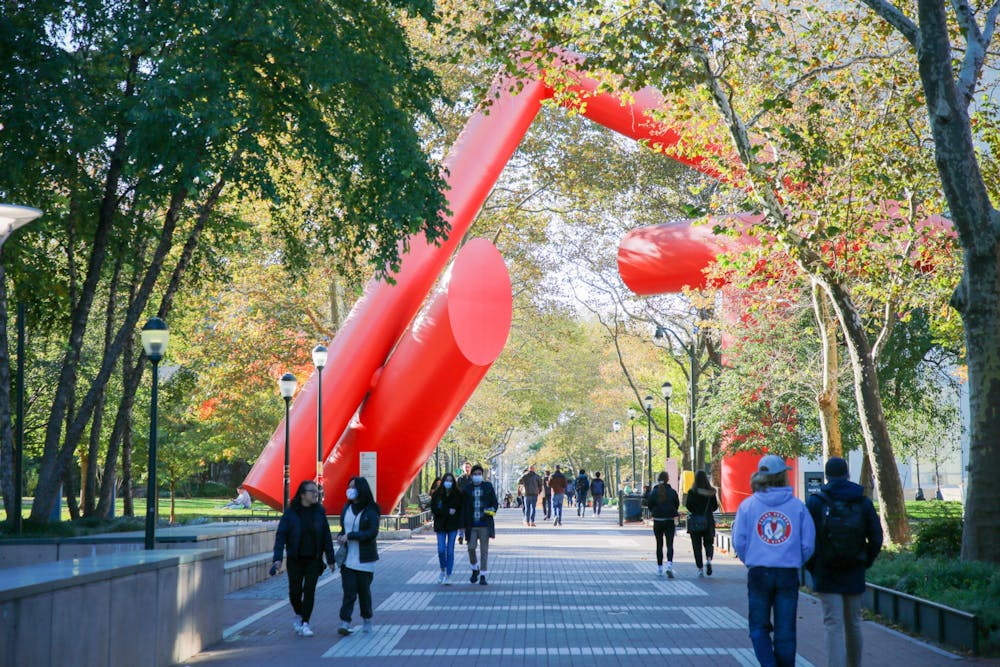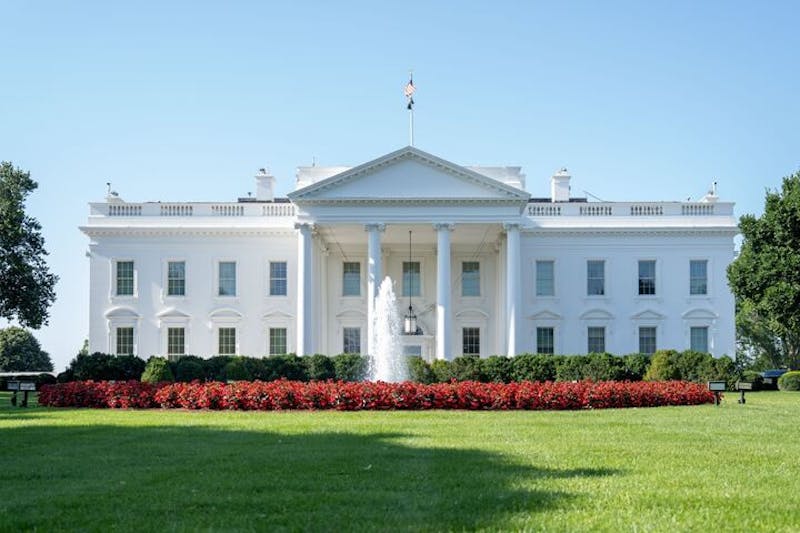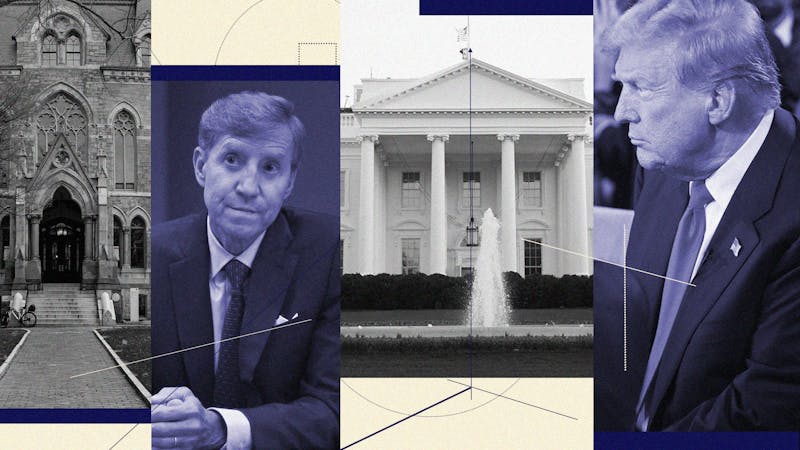
I consider myself lucky; I had the rare opportunity to visit more than 20 campuses from Los Angeles all the way to New York City before I applied to colleges my senior year. I’ve seen it all. A campus like NYU’s integrates with the city seamlessly and claims that “the city is your campus, for real.” Others still replicate the traditional image of the ivory tower like Princeton or Stanford, which appear sealed off from their surroundings completely. In fact, Stanford students nicknamed their campus “the bubble” due to its distinct and manicured character.
Like the diverse architectural styles on campuses, students have eclectic tastes in what they expect their campuses to look like. Whether you like the gothic, castle-like lecture halls at Yale or the modern buildings along the railway tracks at Boston University, there is a college for you.
There is something magical about the materialization of history that makes my heart tick whenever I visit certain campuses, some even older than this nation. The crimson walkways shrouded by tall buildings of eroded bricks, the squeaky wooden floors in an ivory rotunda, and the polished bronze statues after decades of weathering or even vandalism spoil my obsession with the past. These buildings hold pieces of history, whether good or bad, that continue to inspire, educate, and shape the school for the better.
My nostalgia might be labeled as “out of touch” by New York Times guest columnist Nick Burns, who criticized today’s elite universities for their “walled off,” “self-contained,” and “separate” campuses. Burns argued that when campuses are out of touch with the average Americans’ lives, the students and faculty are also out of touch with the majority of the country, creating a campus of idealogues removed from the communities that physically border on but distinctively differ from the ivory tower.
But what Burns considers out of touch, I see as a deep connection with history. Burns has legitimate reasons to reintegrate sealed-off campuses. But schools also have legitimate concerns incentivizing them to remain sealed off.
Aside from the student body and undergraduate teaching, the geography and campus were significant factors when I considered what college I would eventually attend. In places with high gun violence and homicide rates, I would closely research how the colleges invest in resources to keep the campuses safe and secure.
As students, the first priority for many of us is to excel at school. This is what schools are for and what students do. Similarly, we shouldn’t blame campuses for striving to create communities conducive to the academic excellence of their students — by prioritizing architectural logic based around creating a safe, close-knit, and vibrant space. For example, research shows that Black and minority students who live on campus have “significantly higher GPAs than similar students at the same institution who live off campus with family.” A similar trend is observable for all students.
Having students engage with their surroundings with an open campus and no mandatory college housing sounds great, but certainly not at the expense of the original purpose of why college students are in school. Sealing off the campus may perpetuate differences between the campus and its surroundings, but integrating the campus might also create challenges for minority students to excel academically.
Educational institutions are not god-like figures that can fix every inequality in the world. When the challenge becomes choosing between students or the neighborhood communities, I don’t blame the colleges for choosing the former. But, even so, most schools are not sitting idly by and allowing their students and faculty to distance themselves from how the average American lives. Walled-off some campuses might be, but many still strive to create an institution that connects itself with the local community.
At Penn, the Netter Center for Community Partnerships designs opportunities for academically-based community service for its students and establishes University-assisted community schools to “educate, engage, empower, and serve … other members of the [West Philadelphia] community.” At Temple University’s Lewis Katz School of Medicine, local community members who live or work near the campus helped interview candidates for the school’s next class of medical students.
These are a few examples of how schools still engage their faculty and students with the local community through partnerships and collaborations while maintaining a distinct but close-knit campus community.
Buildings become out of touch and walled-off only when the people do. This is not the case in many universities today, and any university can take steps to prevent it.
SAM ZOU is a College junior studying political science from Shenzhen, China. His email is samzou@sas.upenn.edu.
The Daily Pennsylvanian is an independent, student-run newspaper. Please consider making a donation to support the coverage that shapes the University. Your generosity ensures a future of strong journalism at Penn.
Donate






